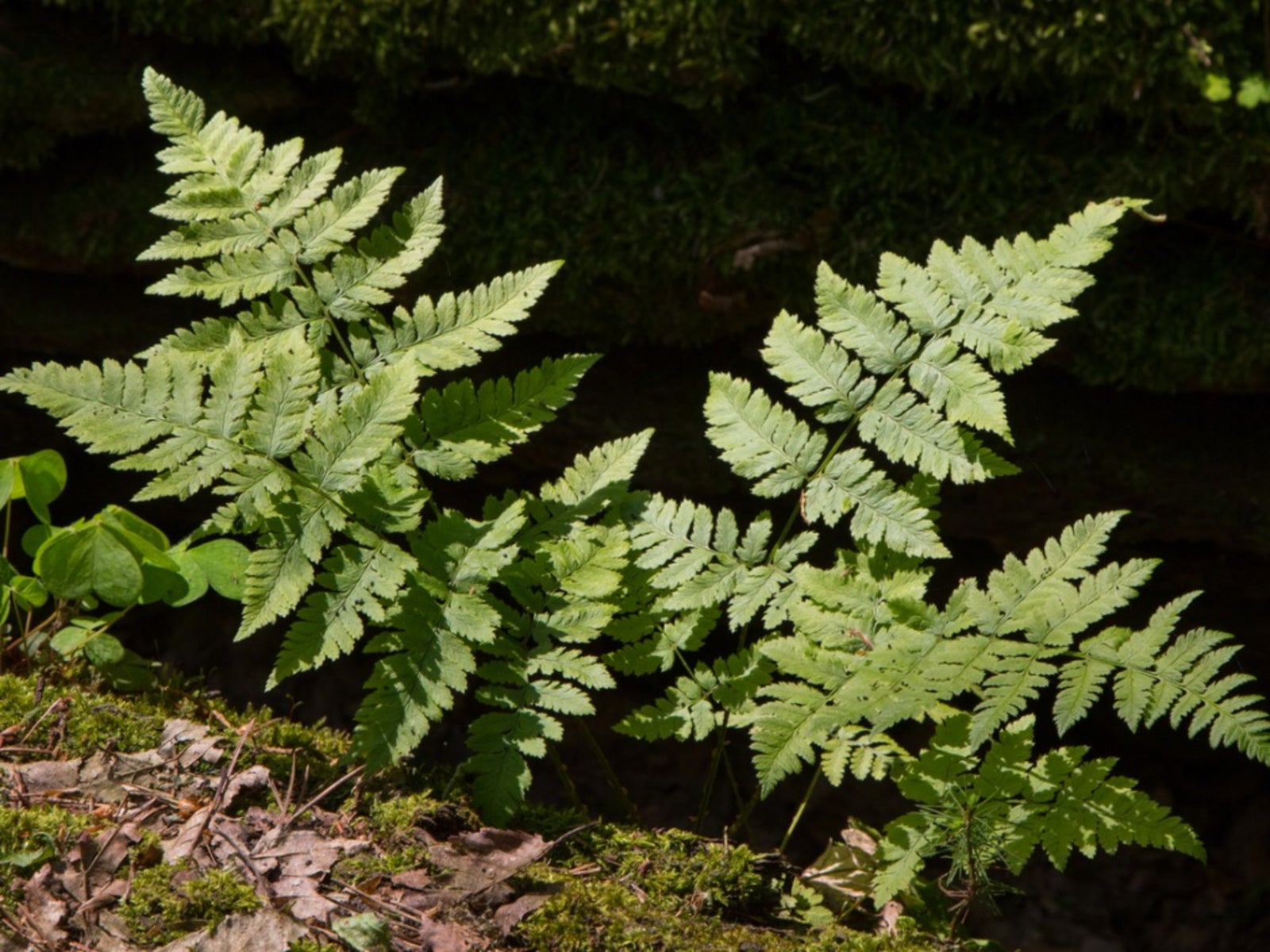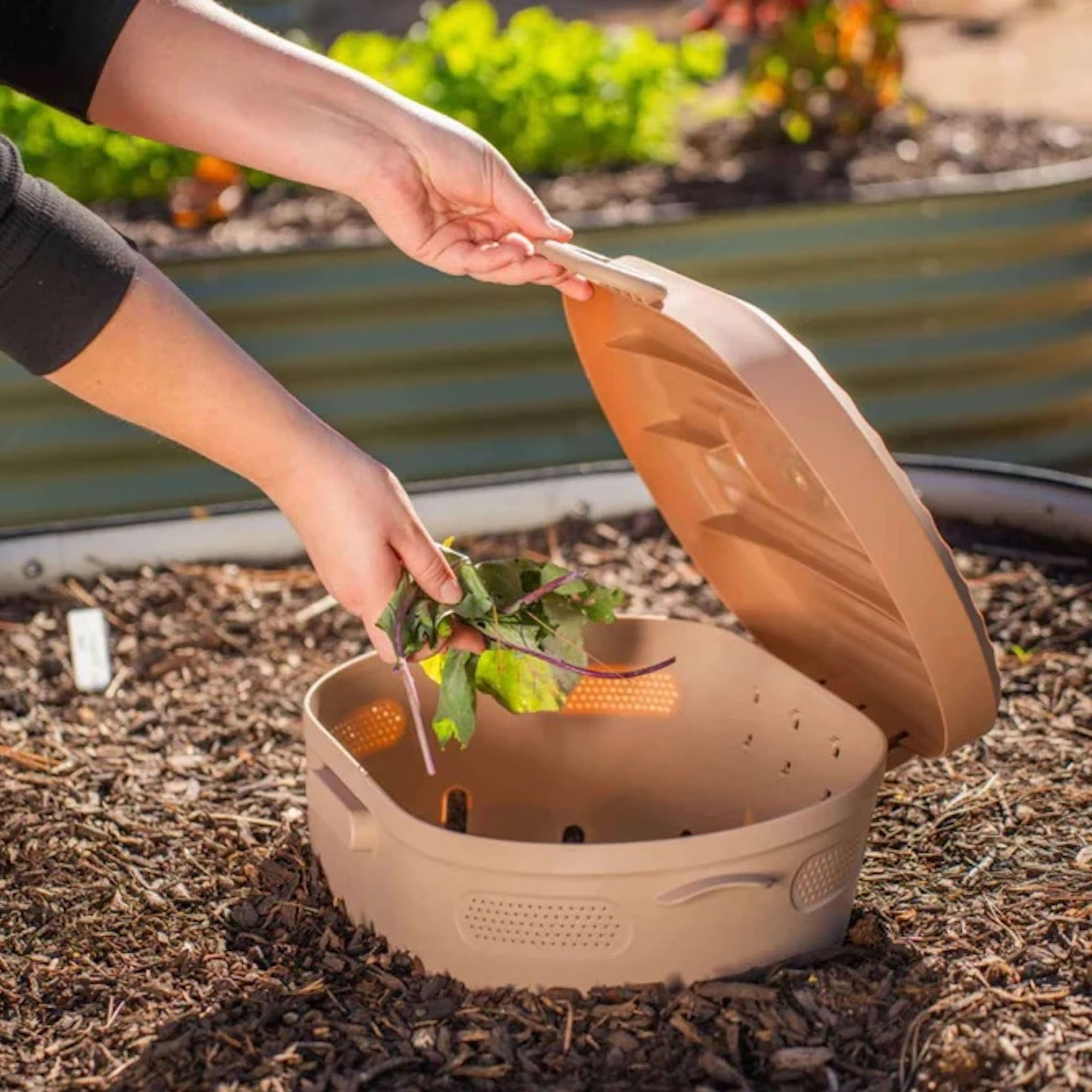Oak Fern Information: How To Care For Oak Fern Plants


Oak fern plants are perfect for spots in the garden that are hard to fill in. Extremely cold hardy and shade tolerant, these ferns have a surprisingly bright and airy look that can work wonders with dark spots in short summers. Keep reading to learn more oak fern information, including oak fern cultivation and tips for caring for oak ferns.
What are Oak Ferns?
Oak fern plants (Gymnocarpium dryopteris) are very low growing, usually topping out at between 6 and 12 inches (15-30.5 cm.) in height. Instead of growing up, these fern plants grow out, creeping along the ground through rhizomes. In spite of their common name, oak ferns do not grow on or near oak trees, nor do they resemble them in any way, so how it derived this name is a mystery. The triangular fronds are pale to bright green in color, which makes for an excellent contrast in the deep shade where the shadows can make everything look dark and gloomy. Oak ferns are hardy in USDA zones 2 through 8, which means they are extremely cold-tolerant. They are deciduous, so they won’t keep their greenery through the winter, but they should come back every spring even after very harsh weather.
Oak Fern Cultivation in Gardens
Caring for oak ferns is extremely easy. The plants prefer deep shade, but they will do well in partial shade. They like neutral to slightly acidic soil that is sandy or loamy. They need good drainage but lots of moisture and prefer rich, leafy, or compost-heavy soil. Oak fern plants can be propagated by spores or division. Collect the spores from the undersides of the fronds in late summer or fall and plant them in the spring, or simply divide the rhizomes in the spring. Due to its ease and success at transplanting, the oak fern is a desirable plant to have in the garden. While moving established ferns to a new location is simple, they will also spread out naturally through spores and rhizomes if you leave them alone. As long as you provide the plants with their basic lighting and soil needs, little else is necessary to keep them growing in the garden. Oak ferns also make great companions to other ferns and woodland plants like trillium, jack in the pulpit, Jacob’s ladder, and Virginia bluebells.
Gardening tips, videos, info and more delivered right to your inbox!
Sign up for the Gardening Know How newsletter today and receive a free copy of our e-book "How to Grow Delicious Tomatoes".

The only child of a horticulturist and an English teacher, Liz Baessler was destined to become a gardening editor. She has been with Gardening Know how since 2015, and a Senior Editor since 2020. She holds a BA in English from Brandeis University and an MA in English from the University of Geneva, Switzerland. After years of gardening in containers and community garden plots, she finally has a backyard of her own, which she is systematically filling with vegetables and flowers.
-
 Types Of Tomatoes Explained: Explore The Many Wonderful Shapes, Colors, Flavors, & Best Uses
Types Of Tomatoes Explained: Explore The Many Wonderful Shapes, Colors, Flavors, & Best UsesThe world of tomato varieties is vast and fascinating. Learn about the key types to grow in your garden, tailored to your preferences and space.
By Amy Grant
-
 Try The Trend – Turn Any Bed Into A Keyhole Garden With This Clever In-Ground Composter
Try The Trend – Turn Any Bed Into A Keyhole Garden With This Clever In-Ground ComposterKeyhole gardening is an efficient and sustainable practice that saves space. Get started on this DIY project quickly and easily with an in-ground composter.
By Bonnie L. Grant